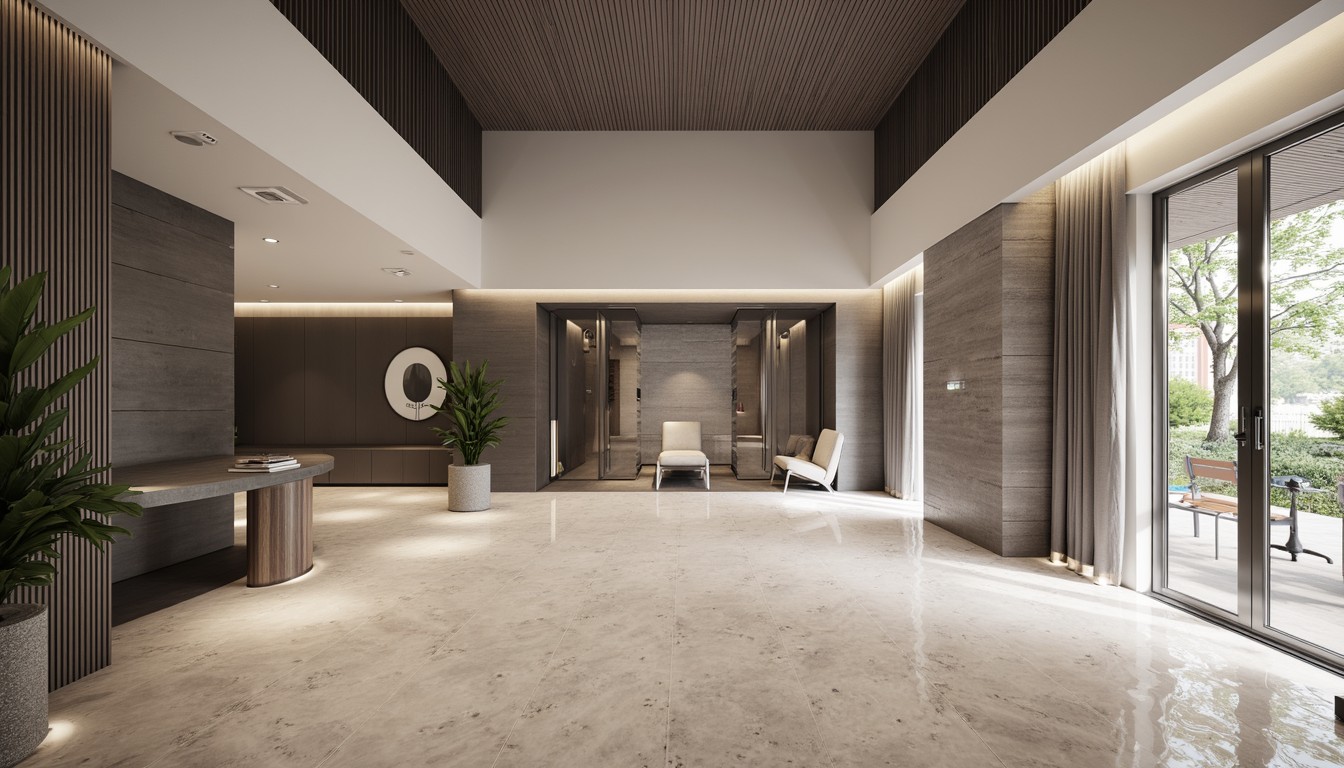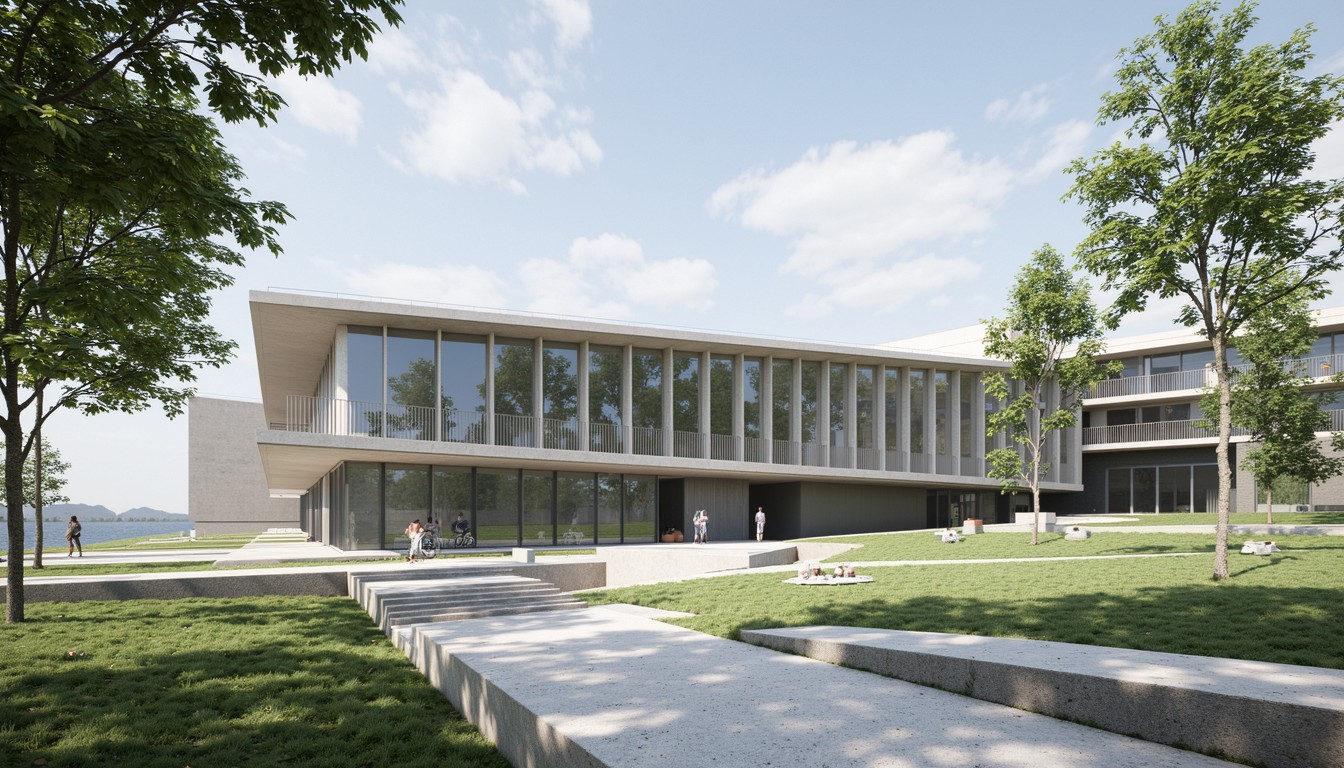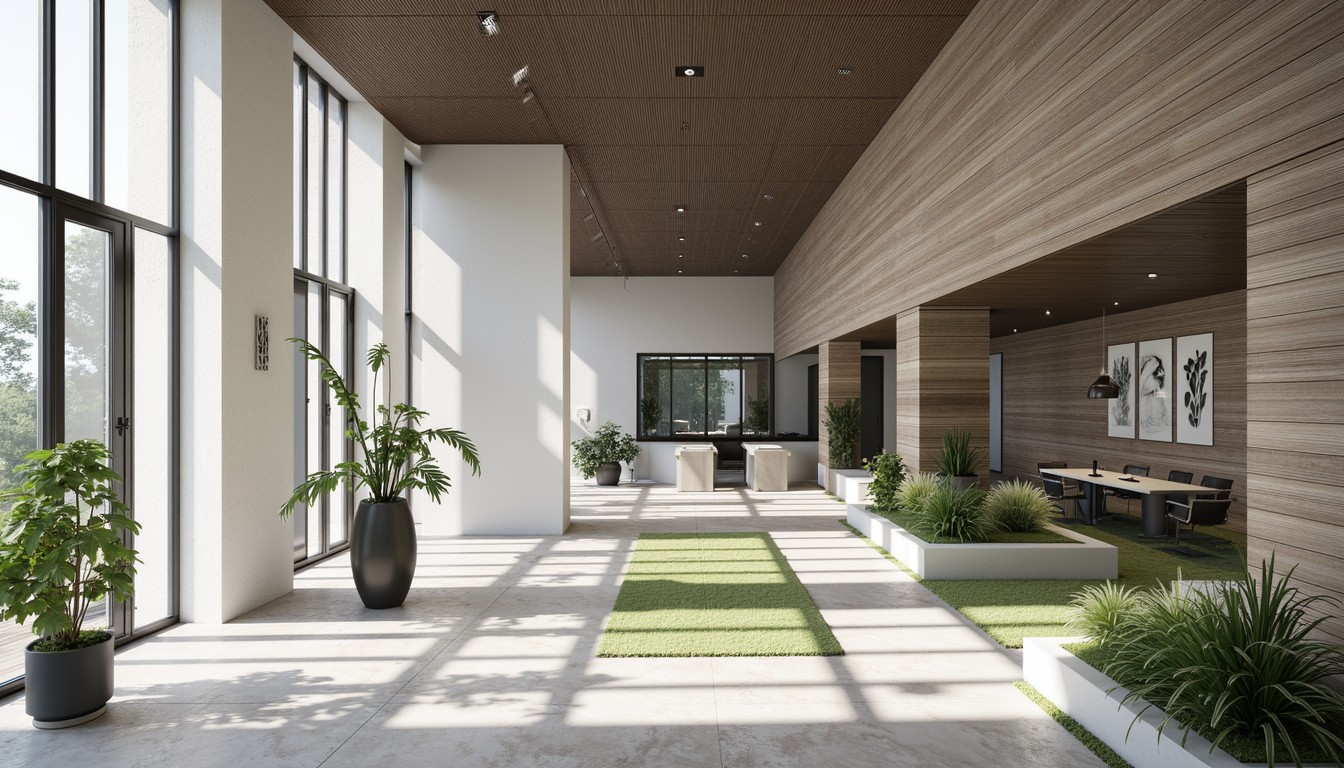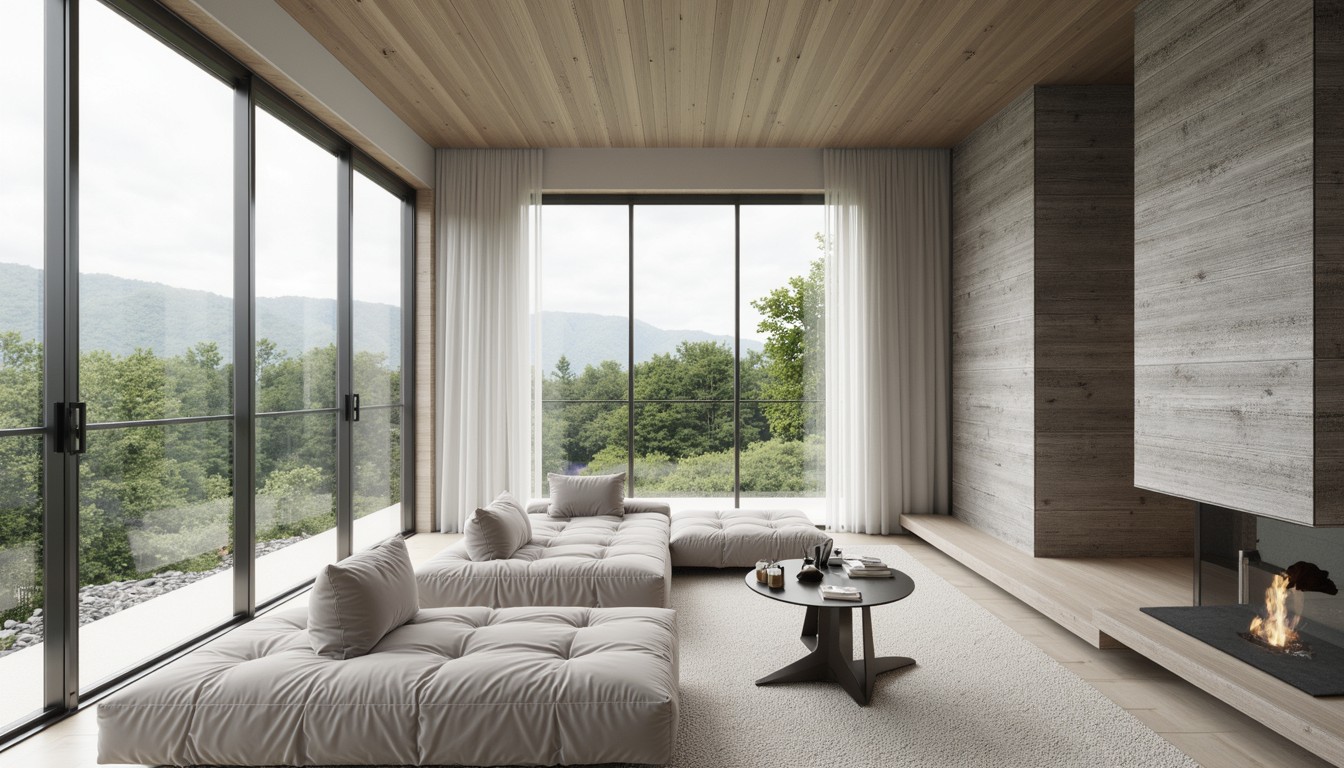Sustainable Architecture: Exploring Green Building Technologies
The built environment significantly impacts our planet's health. As architects and designers, we have a crucial role to play in mitigating climate change and fostering a sustainable future. This involves embracing sustainable architecture and incorporating green building technologies into every project. ArchNav, with its expertise in architectural visualization, is committed to showcasing the beauty and efficiency of these innovative solutions.
Passive Design Strategies: The Foundation of Green Building

Before delving into advanced technologies, let's acknowledge the importance of passive design. These strategies leverage natural resources to minimize energy consumption and maximize comfort. Key elements include:
- Optimal Site Selection and Orientation: Choosing a site that maximizes natural light and minimizes wind exposure significantly reduces energy demands for heating and cooling.
- Building Envelope Optimization: High-performance insulation, airtight construction, and strategically placed windows are crucial for maintaining a comfortable indoor temperature year-round.
- Natural Ventilation: Implementing cross-ventilation techniques and strategically placed openings can significantly reduce reliance on mechanical ventilation systems.
- Shading Devices: Overhangs, awnings, and strategically planted trees provide shade during peak sun hours, minimizing solar heat gain.
ArchNav's visualizations can effectively illustrate the impact of these passive design strategies, demonstrating their effectiveness in reducing energy consumption and enhancing occupant comfort.
Active Green Building Technologies: Enhancing Efficiency

Beyond passive design, active technologies further enhance a building's sustainability profile. These include:
Renewable Energy Sources:
- Photovoltaic (PV) Systems: Solar panels convert sunlight directly into electricity, reducing reliance on the grid. ArchNav can visually integrate PV systems into building designs, showcasing their aesthetic integration.
- Solar Thermal Systems: These systems use solar energy to heat water, reducing energy consumption for domestic hot water.
- Wind Turbines: In appropriate locations, wind turbines can generate clean energy, reducing reliance on fossil fuels.
- Geothermal Energy: Utilizing the earth's consistent temperature for heating and cooling offers significant energy savings.
Energy-Efficient Systems:
- High-Efficiency HVAC Systems: Advanced HVAC systems minimize energy waste, optimizing temperature control and improving indoor air quality.
- LED Lighting: LED lighting consumes significantly less energy than traditional lighting options, providing substantial energy savings.
- Smart Building Technologies: Building management systems monitor and optimize energy consumption in real-time, improving efficiency and reducing waste.
Water Conservation Technologies:
- Rainwater Harvesting: Collecting rainwater for non-potable uses like irrigation reduces water demand on municipal supplies.
- Greywater Recycling: Recycling wastewater from showers and sinks for toilet flushing or irrigation conserves potable water.
- Low-Flow Fixtures: Installing low-flow faucets, showerheads, and toilets significantly reduces water consumption.
ArchNav's visualizations can clearly communicate the integration of these active technologies, showing their seamless integration within the building design and demonstrating their positive impact on sustainability.
Sustainable Materials: Reducing Environmental Impact

The selection of sustainable building materials is crucial for minimizing the environmental footprint of a project. Consider these options:
- Recycled Materials: Utilizing recycled content in construction materials reduces landfill waste and conserves resources.
- Locally Sourced Materials: Reducing transportation distances minimizes carbon emissions associated with material transport.
- Bio-Based Materials: Materials derived from renewable resources, such as bamboo or hemp, offer sustainable alternatives to traditional materials.
- Rapidly Renewable Materials: Using materials that regenerate quickly, like bamboo, minimizes the environmental impact of harvesting.
ArchNav's expertise allows us to visualize the texture and appearance of sustainable materials, showcasing their aesthetic appeal and highlighting their positive environmental impact.
Conclusion: Visualizing a Sustainable Future with ArchNav
Sustainable architecture is not merely a trend; it's a necessity. By integrating passive design strategies and utilizing cutting-edge green building technologies, we can create buildings that are both environmentally responsible and aesthetically pleasing. ArchNav plays a vital role in this process by providing high-quality architectural visualizations that effectively communicate the benefits of sustainable design. We help architects and developers showcase their commitment to sustainability, attracting clients and investors who value eco-conscious building practices. Contact ArchNav today to visualize your sustainable vision.
